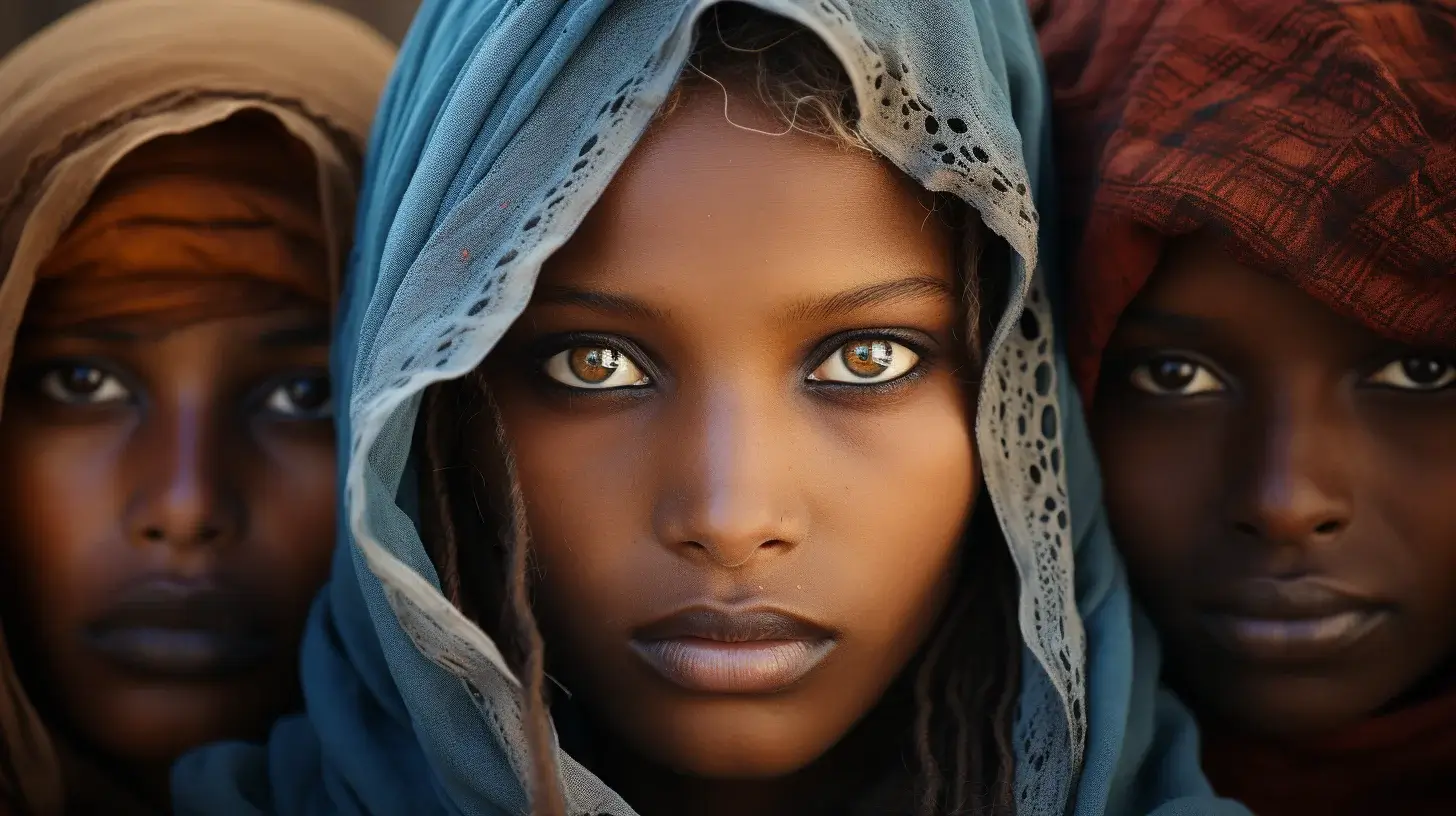Independence Day in Somalia marks a pivotal point in our nation’s history – it’s an occasion to celebrate our path to independence and reflect on our national development. Observed on July 1, this day marks the formation of the Somali Republic in 1960 by combining the Trust Territory of Somaliland, once governed by Italy, with the State of Somaliland, which was protected by Britain. This merger marked the birth of a sovereign nation, symbolizing an end to colonial rule and the beginning of autonomy.
The day is imbued with cultural significance and serves as an opportunity for Somalis everywhere to honor our rich heritage and shared national identity. It’s not just a public holiday; it’s a symbol of our resolve and aspirations as we continue to shape our country’s trajectory in the global landscape. As we commemorate Somalia Independence Day, we remember the struggles that led us here and celebrate the unity and progress that define the Somali Republic.
Key Takeaways
- Somalia Independence Day is celebrated on July 1, recognizing the formation of the Somali Republic in 1960.
- The day represents the unification of former British and Italian territories and the end of colonial rule in Somalia.
- It symbolizes national identity and cultural heritage, reflecting our ongoing journey as an independent nation.
Historical Context

To understand Somalia’s Independence Day, we must first appreciate the intricate historical backdrop that set the stage for this significant event, marked every June 26. It was a process that evolved over several stages, from colonial occupation to unifying diverse territories into a single nation.
Pre-Independence Era
During the late 19th century, the partitioning of Africa at meetings such as the Berlin Conference initiated the Scramble for Africa, leading European powers to establish control over vast regions of the continent.
Britain and Italy became dominant colonial powers in East Africa. In the northwest, Britain established the British Protectorate of Somaliland, while Italy gained control of the northeastern territories, aptly naming it Italian Somaliland.
Our history was critically shaped during the Second World War, as British forces temporarily occupied Italian-administered regions, leading to a brief military administration before the territories were handed back to Italy in 1949 under a United Nations trusteeship.
Path to Independence
Following the Second World War and the Potsdam Conference, there was a global surge in anti-colonial sentiment and a push for self-governance in many colonized nations. This wave of change also swept over the Somali territories.
The United Nations granted Britain administrative control over the combined region called the Trust Territory of Somaliland, while Italian Somaliland became a UN trust territory under Italian control.
Our desire for independence and unification grew stronger during these years, leading to significant political movements and the formation of political parties that advocated for self-rule.
Formation of the Somali Republic
Our pivotal moment arrived on June 26, 1960, when the State of Somaliland (formerly British Somaliland) gained independence from Britain, followed by the unification with Somaliland under Italian administration (formerly Italian Somaliland) on July 1, 1960. This unification forged the Somali Republic.
Soon after, on July 20, 1961, a new constitution was ratified following a popular referendum. These milestones were crucial in shaping our nation and fulfilling the vision of La Grande Somalia, which aimed to unite all Somali speaking regions under one flag.
Our persistence in the face of colonization resulted in a newfound independence and the creation of a republic we govern to this day.
Political Development

As we explore Somalia’s political development, it’s crucial to recognize the profound transitions shaping its governance. From early administration efforts post-independence to the challenges of dictatorship, civil war, and the arduous path towards recent stabilization efforts, each period marks significant shifts in the nation’s political landscape.
Early Governance
Following independence, Somalia’s initial government formation emerged with Abdullahi Issa Mohamud serving as the first Prime Minister. The union of the Trust Territory of Somaliland and the State of Somaliland adopted a democratic framework.
In 1960, Aden Abdullah Osman Daar was elected as the Republic’s first President, succeeded by Muhammad Haji Ibrahim Egal in 1967. These early years were characterized by parliamentary democracy and institutional building.
A Shift to Dictatorship
The aspiration for a stable democracy was abruptly halted in 1969 when a military coup led by Major General Mohamed Siad Barre dismantled the government and installed a dictatorship. Barre’s regime centralized power and sought to control the Ogaden Region, leading to conflict with Ethiopia in 1977.
Civil War and Intervention
The Barre regime’s collapse in 1991 plunged Somalia into anarchy, igniting a civil war with various factions, including the Somali National Movement and the United Somali Congress, vying for control. Our peace and security were severely threatened, requiring intervention by the United States and the African Union.
Road to Stabilization
Our path to reinstating governance advanced with establishing the Transitional Federal Government in 2004 and a new Provisional Constitution in 2012, forming a federal parliamentary republic. Crucial regions such as Puntland began championing sovereignty within a federation model. Today, we continue relentlessly towards stability and progress, focusing on strengthening security and promoting democratic governance.
Modern Day Somalia

In recent years, we have witnessed Somalia grapple with internal conflicts and security challenges, even as it makes strides towards socio-political stability.
Challenges to Peace
Somalia has faced persistent security challenges, particularly from the Islamist militant group Al-Shabab, which continues to carry out attacks within the country. Despite efforts by the African Union Mission in Somalia (AMISOM) to curb these attacks, achieving lasting peace remains a significant hurdle.
Steps Toward Stability
Our focus on reconstruction has been evident in the capital, Mogadishu, with visions of prosperity and development. We’ve seen substantial progress since August 2012, fostering hope amidst the ongoing quest for relative stability. Both governmental efforts and international support have laid a foundation for future growth.
International Relations
We have worked to strengthen ties with various international partners. Key allies like Turkey have been instrumental in our rebuilding efforts. Recognition from major organizations, including the United Nations and the African Union, has bolstered our position on the global stage, reaffirming the sovereignty of a nation on the mend.
Humanitarian Issues
Pressing humanitarian concerns, such as severe drought, have uprooted numerous families, forcing them to become migrants in search of aid. Our collective response to such crises reflects our resolve to uphold human dignity and enforce our commitment to the well-being of our citizens.
Cultural Significance

We recognize the cultural significance of Independence Day as a reflection of our national pride and shared heritage. It is a time when we come together to commemorate our path to sovereignty and to celebrate the rich tapestry of Somali culture.
Independence Day Celebrations
Independence Day, observed annually on June 26, is an illustrious occasion in Somalia. As a National Holiday, it marks the establishment of the Somali Republic. Throughout the cities and streets, you will see vibrant parades and hear concerts celebrating this day. Citizens adorn themselves with national flag colors, displaying our resolute spirit and unity.
- Date: June 26
- Frequency: Annual
- Celebrations: Parades, Concerts
- Significance: Establishment of the Somali Republic
Somali Identity and Heritage
In the heart of the Horn of Africa, our Republic Day celebrations go beyond mere festivity; they serve as a reaffirmation of Somali identity and heritage. We proudly uphold our cultural traditions, showcasing them in public exhibitions and family gatherings. It’s a day that reinforces our nationhood and instills a collective pride in being part of Somalia’s enduring history.
Somali Republic vs. Somaliland

In exploring the Somali Republic and Somaliland, we focus on the distinct paths these regions have followed since declaring independence. The two entities differ markedly in their claims of independence, and the state of international recognition and political disputes.
Claims of Independence
Republic of Somaliland: We recognize that the Republic of Somaliland declared its withdrawal from its union with Somalia on May 18, 1991. Since then, it has operated as a self-declared republic, maintaining relative stability and establishing its own currency.
Political Disputes and Recognition
Recognition: Despite its self-declared independence, Somaliland remains internationally recognized as an autonomous region of Somalia. It harbors aspirations for full international recognition, which have not yet been realized.
Political Disputes: We acknowledge the ongoing political disputes between the Somali Republic and Somaliland regarding sovereignty and governance. Nonetheless, Somaliland has showcased stirring hope for peace through its efforts to create stable governance structures in contrast to the turmoil experienced in other regions of Somalia.
FAQ – Somalia Independence Day
What is Somalia Independence Day?
Somalia Independence Day is celebrated on July 1st each year. It marks the unification of the Trust Territory of Somaliland (formerly Italian Somaliland) and the State of Somaliland (formerly British Somaliland) in 1960 to form the Somali Republic.
How is Somalia Independence Day Celebrated?
The day is commemorated with various festivities including parades, cultural dances, singing patriotic songs, poetry readings, and speeches by political leaders. It’s a day to celebrate Somali culture, history, and achievements.
What is the Historical Significance of July 1st for Somalia?
July 1st, 1960 is significant as it marks the day when the northern and southern regions of Somalia united to form a single independent nation after years of colonial rule by Britain and Italy.
If you enjoyed reading about Somalia Independence Day, check out our other articles:
- Grenada Independence Day 2024: Celebrating National Identity and History
- Estonia Independence Day 2024: Significance and Celebrations
- Cape Verde Independence Day 2024: Significance and Celebrations
Feel free to also check out our other Articles from the category “Independence Day“ and don’t forget to follow us on Pinterest

